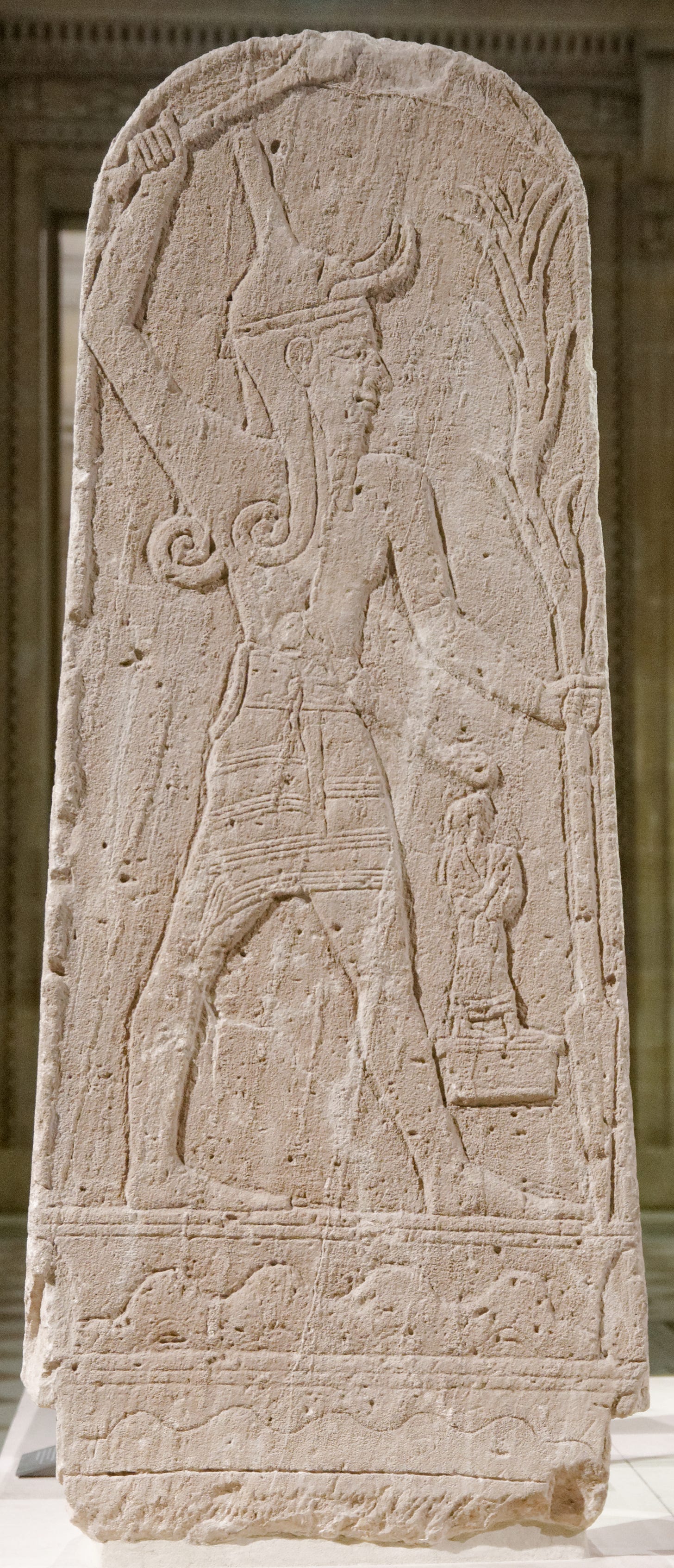
The Nephilim and the Flood
Who are the Nephilim and what do they represent? Are they biblical giants? What does the term literally translate to, and why does the brief mention of them in the Book of Genesis show resemblance to other mythologies? The Nephilim have been a topic of great controversy. Many scholars, both independent and accredited, have dedicated much of their lives to answer these questions. It wasn’t until the discovery and translation of the Book of 1Enoch that we were finally given a better understanding of these Nephilim, but is it a proper understanding?
This detailed analysis will incorporate the theology during the proposed time of writing for the verses, grammatical study in Hebrew and Aramaic word forms, and even external influences that would have played a role in the region.
Some Grammatical Clues
Then there was Andrew Collins, using the sons of God and the Nephilim to hint at a forgotten race. This race allegedly knew and shared all the forbidden arts and sciences with humanity, thus leading them to their corruption and the Flood of Noah. Much of what Collins proposes, it seems, may be based on earlier works, such as that belonging to Sitchin. For example, Collins uses translations similar to Sitchin’s for the noun Nephilim.
Top image: The Fall of the Rebel Angels by Pieter Bruegel the Elder (Public Domain)
















